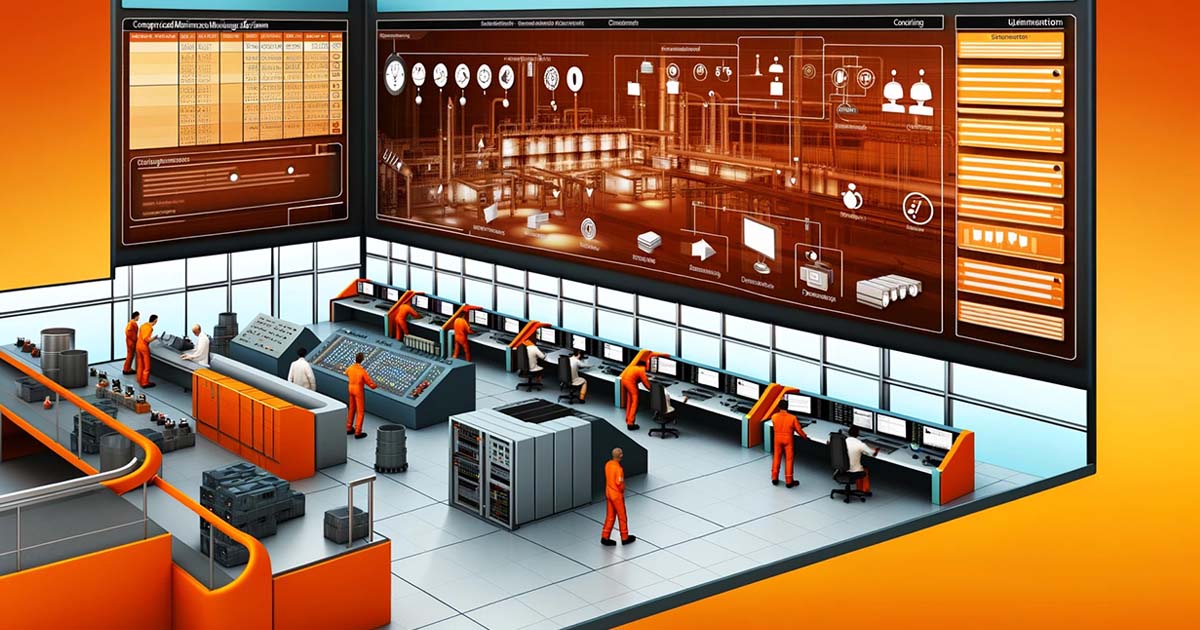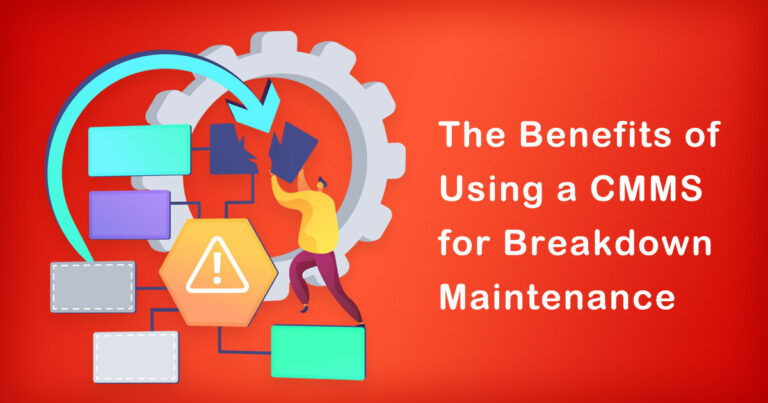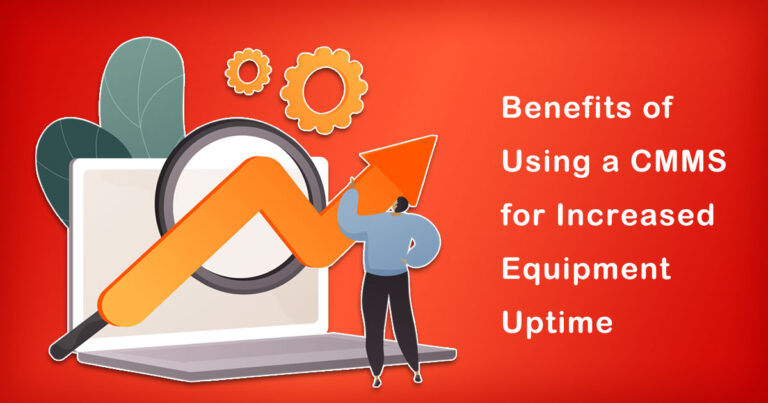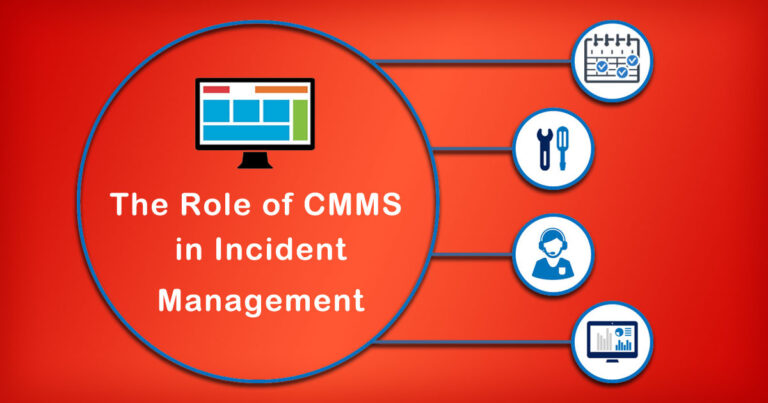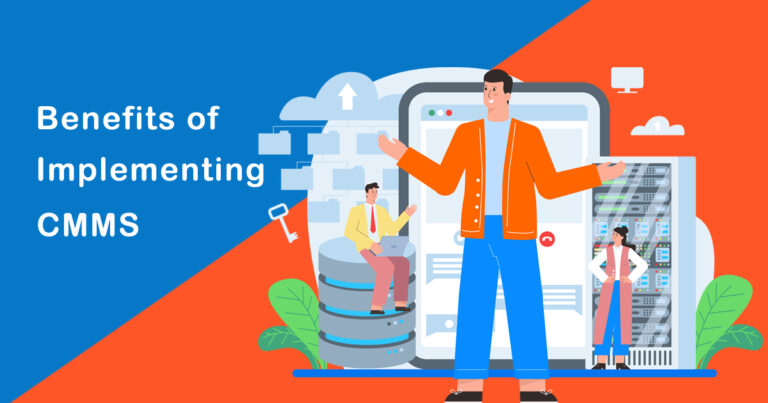Maintaining equipment and assets is critical to the success of any organization. However, managing maintenance schedules and dispatching work orders can be a complex and time-consuming task. In recent years, Computerized Maintenance Management Systems (CMMS) have emerged as a popular solution to these challenges. In this blog, we will discuss the benefits of using a CMMS for scheduling and dispatching in the Indian context.
What is a CMMS?
A Computerized Maintenance Management System (CMMS) is a software tool used by maintenance professionals to manage and schedule maintenance activities. A CMMS system provides a platform for maintenance managers to manage work orders, track inventory, and schedule maintenance activities. The software also helps organizations collect data on maintenance activities and improve their overall maintenance performance.
Benefits of using a CMMS for scheduling and dispatching
1. Improved scheduling and dispatching
One of the most significant benefits of using a CMMS for scheduling and dispatching is that it helps organizations streamline their maintenance processes. With a CMMS, maintenance managers can create work orders, schedule maintenance activities, and assign tasks to maintenance technicians. The software also provides a platform for maintenance technicians to update work order status, ensuring that managers are always up to date on maintenance progress.
2. Increased asset lifespan
A CMMS system helps organizations extend the lifespan of their assets by ensuring that maintenance activities are carried out on time. Preventive maintenance tasks can be scheduled and tracked, reducing the likelihood of equipment failure and unplanned downtime. By extending the lifespan of their assets, organizations can save money on costly replacements and repairs.
3. Improved inventory management
Inventory management is an important aspect of maintenance operations. A CMMS system helps organizations track inventory levels, monitor stock usage, and reorder items when necessary. By managing inventory more effectively, organizations can reduce inventory carrying costs and ensure that maintenance technicians have the parts they need to complete their work orders.
4. Enhanced data management and analysis
A CMMS system allows organizations to collect and analyze data on maintenance activities. The software can generate reports on maintenance costs, work order history, and equipment performance, among other things. By analyzing this data, organizations can identify trends and areas for improvement, allowing them to make informed decisions about maintenance activities.
5. Improved compliance and safety
A CMMS system helps organizations comply with regulatory requirements by ensuring that maintenance activities are carried out on time and in accordance with industry standards. The software can also track maintenance activities related to safety, ensuring that equipment is safe for use and reducing the risk of accidents.
Conclusion
In conclusion, a CMMS system is a valuable tool for organizations looking to improve their maintenance processes and increase operational efficiency. In the Indian context, where maintenance operations are often challenged by a lack of resources and increasing demand, a CMMS system can help organizations streamline their maintenance processes, reduce costs, and improve overall operational efficiency. By improving scheduling and dispatching, increasing asset lifespan, enhancing inventory management, improving data management and analysis, and improving compliance and safety, a CMMS system can help organizations achieve their maintenance goals and improve their bottom line.


